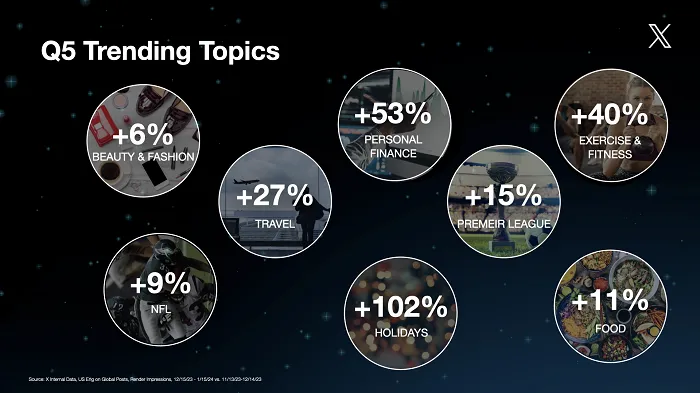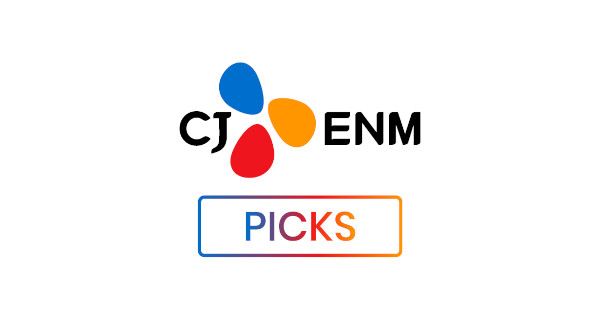The Ops 4.0 revolution is in full swing. Big Data, Advanced Analytics, Additive Manufacturing, Internet of Things, Robotics, Artificial Intelligence: Together, these technologies will transform business operations, improve quality, unlock new levels of flexibility, and increase productivity. Up to 20% improvement is promised.
For most companies, the revolution is just beginning. However, new approaches and technologies are already paying off across industries (from process industries) and value chains (product development, procurement, manufacturing, supply chains, etc.).
Given the sophisticated hardware and intelligent software, it’s easy to see Ops 4.0 as a purely technical challenge.
The Evolution of the IT Ops
Below are the stages of IT Ops evolution:
IT Ops 1.0
In the 1990s, IT environments moved from client-server to Web 1.0, and operations focused on stability and continuity. IT Ops 1.0 relied on data collection and manual ticket creation methods.
IT Ops 2.0
This incarnation begins with web technologies where the underlying environment has error detection based on alerts using thresholds and configuration management databases based on ITIL/ITSM processes. We focused on availability as we started automatic ticket disconnection.
IT Ops 3.0
Here, a) uses analysis of data formed by contextual integration, and b) focuses on defined areas of applications and infrastructure, leading to advancements such as IT operations analysis. We started to focus on operations. (Ito). ITOA is driven by behavioral learning, which helped the optimization to some extent.
This generation of operations supported Web 3.0 and was the beginning of the hybrid cloud paradigm, driving the need for prediction and optimization in IT Ops 3.0.
While IT Ops 3.0 recently started adopting platforms like AIOps, it still needs the demands of IT Ops 4.0 to drive the business outcome measurement that subsumes the underlying operation architectures. Therefore, IT Ops 4.0 will have to be built on the optimization nature of IT Ops 3.0. It will drive incremental business benefits that align with enterprise health and are designed to support industry 4.0 as IT operations for the industrial automation age.
IT operations paths to IT Ops 3.0 have always been conceptually separated. Whether it’s an application platform like ERP or infrastructure (virtualization, hyper-convergence, software-defined), we’ve had the luxury of focusing on individual elements. Even in the recent wave of cloud adoption, IT leaders could only create plans approved and funded by the business community after knowing and measuring what would guarantee business outcomes.
That now appears unsustainable and no longer scalable because of diverse monetary elements in this decade that mirror the enterprise 4.0 evolution.
The Evolution Of IT Ops 4.0
IT Ops 4.0 will need to be pushed through an approach that specializes in an incorporated transformation that mixes the transformation of the 3 M’s: Machine, Method, and Model, in which the machine is recognized through platforms, approach through the flow of work in operations and model by team design to assist the flow of work.
Finally, such incorporated transformation enabled through IT Ops 4.0 has to apply the “operational intelligence” that tens of thousands and thousands of person-years of labor through continuous operations groups throughout the globe have contributed to via their sacrifices of assisting those four generations of environments.
How To Implement IT Ops 4.0 In Your Organization?
There are many ways to bring your employees to Ops 4.0 and understand its potential:
A structured communication effort is essential to gaining support and motivating employees. Every organization has its way of getting started and doing this, but most steps involve at least three elements. Engage people in alignment with the vision (going in a specific direction and clarifying why it needs to be justified).
It’s essential to be transparent about where we are (or where we started), where we’re heading, and how we’re getting there as a team. This is to demonstrate the value of transformation, both for the organization and its employees.
- It is essential to experience problems, challenges, or innovative approaches. Employees gain a better understanding by learning from the companies leading the way. Tours enable employees to think outside the box, hear stories of change, and discuss the challenges that come with it.
- When people know that change has been around for a long time and understand why it is happening, they tend to want to learn as much as possible about it. Employers need to gain momentum and make it as easy as possible to provide access to information and resources on new technologies and approaches.
- Post relevant information on the intranet, highlight published articles, encourage attendance at conferences, and encourage participation in webinars on Agile. Develop, automate, or participate in the Internet of Things.
Considering these elements can lay the foundation for laying a solid foundation for a successful transformation.
Conclusion
The intelligence is invisible because IT Ops 4.0 is no longer harvested (i.e., it’s far inside the shape of petabytes and zettabytes of price tag statistics from provider table operations, software assist, commercial enterprise operations assist, and plenty of different sources). IT Ops 4.0 will need to make this intelligence seen by demonstrating the assured incremental advantages with outcome-pushed IT operations.







































































